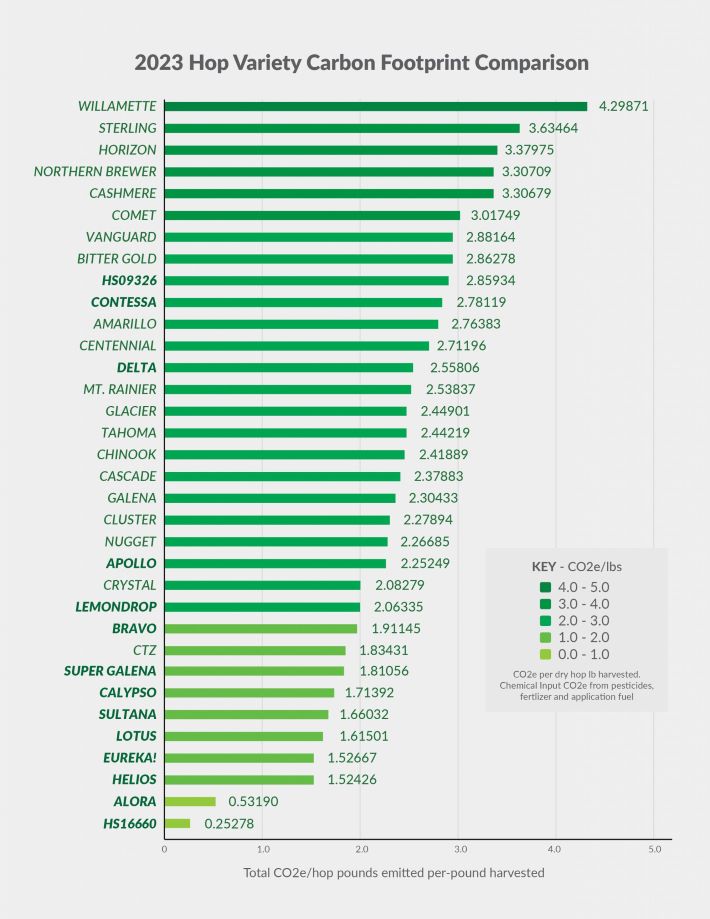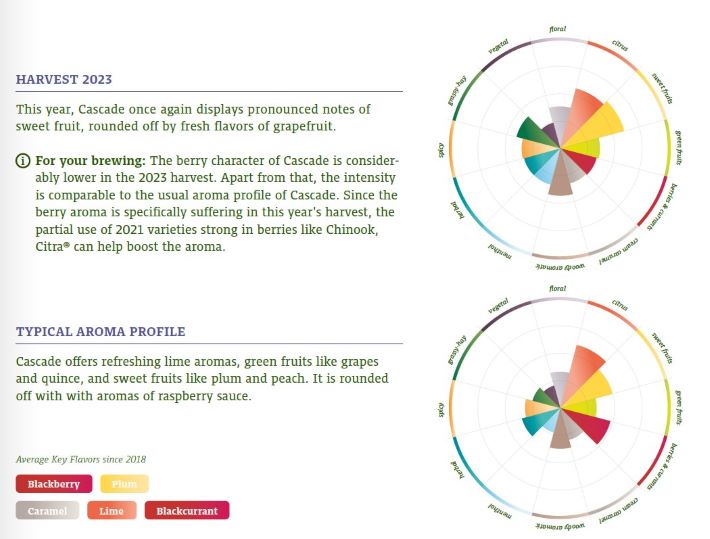Programing note: Plenty of words here this week. You might save some for March 4. It will be quiet here then. Perhaps a few photos from the traventine terraces at Yellowstone National Park here or on Instagram. But don’t count on anything timely. Yellowstone does not make internet service a high priority.
~~~~~~~~~~~~~~~~~~~

As soon as I finished listening to John Holl’s conversation with American Homebrewers Association executive director Julia Herz last week Spotify took me back to music and Molly Tuttle singing “Next Rodeo,” which begins “Well, this ain’t my first rodeo.”
First, what Holl and Herz are talking about:
“Homebrewing has been a source of passionate online chatter over the last week after the American Homebrewers Association announced it would put its annual Homebrew Con on ‘hiatus’ in favor of smaller events and demonstrations located within the Great American Beer Festival in Denver.”
Take the time to listen. Now, about what connects the challenge Herz faces to Tuttle’s song. I will spare you the long version. In December, Good Beer Hunting asked, “What Happens When Craft Beer and Homebrewing Decouple?”
In it, Herz says, “One of the biggest things I’m asked from homebrew club leaders is: How do we attract more young people and women to brew? How do we diversify?”
It will be their first rodeo.
ON WRITING
A life in beer: Invisible gods
and
Who returns a half-read book to Amazon?
Jeff Alworth buried the lead in “A life in beer,” waiting until the last paragraph to write, “I’d like to interrogate my life the way I do breweries, trying to figure out where its meaning lies.” I’m not sure what to expect, but I will be there to watch read.
After Jonathan Eig received a “snarky and arrogant and rude” letter critiquing “King: A life,” his friend Jeff Pearlman reached out to a couple dozen other writers and asked them how they would respond. Some fun reading, as well as interesting insights into how writers may respond to criticism (deserved or otherwise).
YOU MIGHT ALSO ENJOY
Drinking note of the week: ‘Pandora’s box without the hope’
But maybe not the IPA of the week. “A hard, yeasty grit suffuses the flavour in a most unpleasant and unwelcome way. Chalk and boiled vegetables hit first: dry and earthy with a strong and rough bitterness. Some softer peach and banana flashes briefly before the sharp dregs take over once more, seeing us out into a mercifully short finish. . . . Regardless, it’s a poor example of this kind of double IPA, gathering together all the features I dislike and then releasing them simultaneously. Pandora’s box without the hope.”
Lede of the week
“A long time ago, during a time in the craft beer industry that seems far far away, breweries couldn’t keep up with demand. The Sith macro brands were being challenged by rebel start-ups assembling a selling story that included smaller batches, bigger flavor, freshness, and locally made, taking aim at 20% market share by 2020. Camaraderie within this resistance quickly became fractured leading to a period of IPA Wars and many of craft beer’s strongest allies giving in to the dark side. In 2024, the universe remains in a chaotic state of war with craft breweries now seeking out more sophisticated weaponry as they focus simultaneously on attacking the Sith with premium lagers, while improving their own position within the ranks of the rebel craft beer alliance.”
FYI, the post is about beer data, and business oriented. The next is really about business, as well.
Got bacon? Lessons for the wine beer industry
“The product had a long history and was well-loved in America and around the world. But the industry itself was in crisis. Demand was down. Part of the problem was health concerns and part of it was price (its retail price was higher than the most popular substitute). Worse of all, younger consumers were turning away.”
– Lesson One: Re-Education is Difficult
– Lesson Two: The Perils of Generic Marketing
– Lesson Three: Innovation
– The Folly of Complacency
Can any English word be turned into a synonym for drunk?
“Benjamin Franklin got into the act with his 1737 Drinker’s Dictionary, listing 288 words and phrases for denoting drunkenness. By 1975, there were more than 353 synonyms for ‘drunk’ listed in that year’s edition of the Dictionary of American Slang. By 1981, linguist Harry Levine noted 900 terms used as drunkonyms.
“So the sheer number of drunkonyms has been increasing, with BBC culture reporter Susie Dent estimating in 2017 that there are some 3,000 English slang synonyms for being drunk, including ‘ramsquaddled,’ ‘obfusticated,’ ‘tight as a tick,’ and ‘been too free with Sir Richard.'”
A diocese and brewery collaboration – feeding the homeless
“All we need to do is look to the cross. So if the joy of Lent can be found in a beer while feeding the hungry and giving shelter to the homeless, I think God is being glorified in all things.”
Chimay has its own dedicated four tap tower
“It’s 10am on a cold but sunny day in Baltimore, Maryland and I am in line with a few dozen other folks. We are waiting for beer. Modern beer thinking would have you believe we are waiting for the release of a hazy IPA or a barrel aged adjunct stout, but that would be false. We are waiting for Belgian beer.”
A love letter to public libraries
I too have a New York Public Library card, but the real reason I am passing this along to add to the discussion earlier this month about third places.
AND FROM X
A lengthy thread (click on date to open it up) that would have made a fine blog post.
 From Hopsteiner
From Hopsteiner From BarthHaas
From BarthHaas


